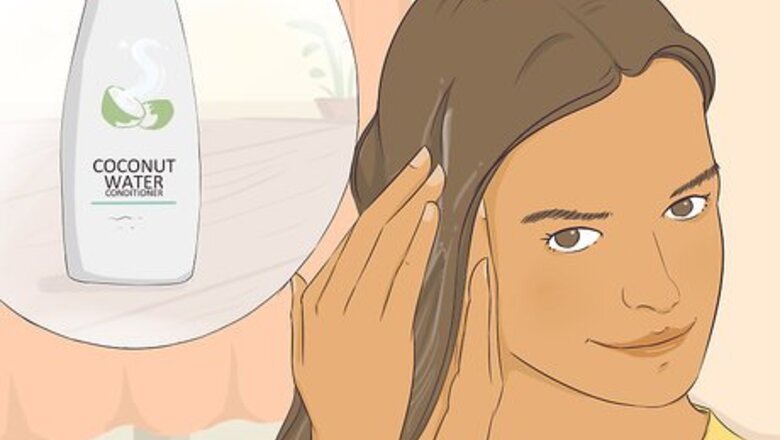
views
Protecting Your Hair from Heat
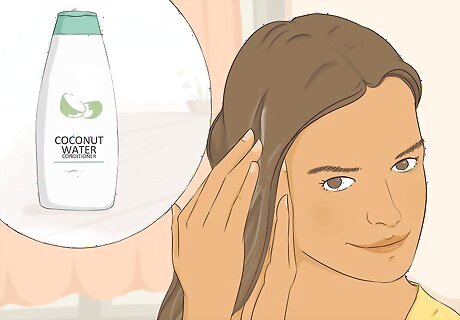
Deep condition your hair. Deep conditioners are should be worked thoroughly into the hair and left to sit on for about 30 minutes. It's important to deep condition your hair before you straighten it to provide maximum protection from heat. Precise instructions for deep conditioners vary, so consult your product's instructions regarding application methods and the amount to use.
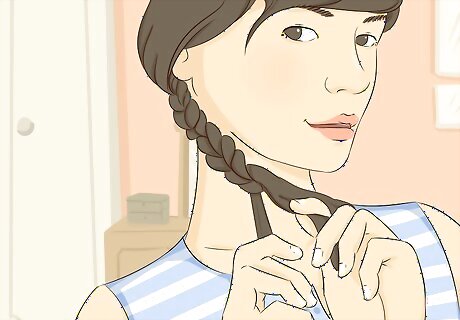
Braid your hair before bed. Braiding your hair before bed starts out the process of stretching and straightening your locks. This helps your hair get a kick start on straightening, minimizing the need for excess heat. Braid your hair into a series of small braids just before bed. The number of braids depends on the length and thickness of your hair. In general, three to five braids are usually enough. A flat iron should always be used on dry hair, so it's best not to braid wet hair.
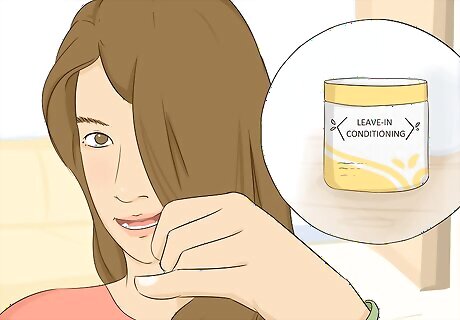
Add leave-in conditioner. The day you're going to flatten your hair, apply a leave-in conditioner after removing your braids. A quality leave-in conditioner adds an extra layer of protection against heat.
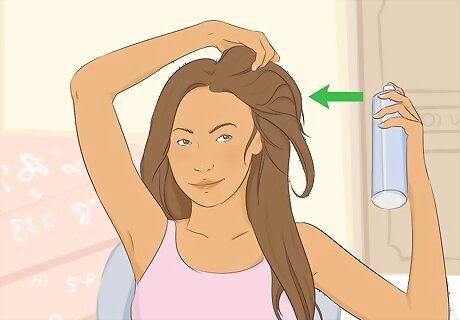
Apply a heat protectant. You can get a heat protectant at any beauty salon or beauty supply store. Heat protectants are vital for any hair type when using a flat iron. They provide a barrier between your hair and the heat, keeping your hair safe and strong. Heat protectants can be sprays, like hairspray, or creams you work into your hair.
Using a Flat Iron

Separate your hair into three to four sections. Use either your fingers or a comb to separate your hair. Secure the separate sections using hair ties or hair clips.

Heat your iron to the lowest functional setting. The less heat you use on natural hair, the better. Switch your flat iron to the lowest setting that will still straighten your hair in 1-2 passes and wait for it to warm up. This may take some trial and error, as different hair textures will respond better to different temperatures. There should be a light, or something similar, on your flat iron that goes on or off to indicate it's ready for use. It should say somewhere in your instructions how to tell when you're flat iron's ready to use.
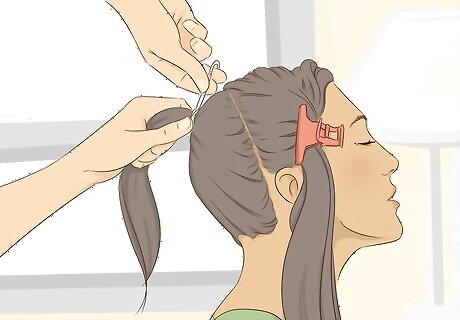
Un-tie and brush out one section. Remove one of your sections from the hair tie. Either run your fingers through your hair to comb it out or quickly run a brush through it.
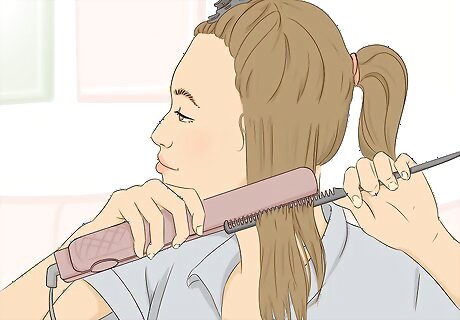
Run the flat iron and a comb through that section. Clamp the flat iron around the section near the roots, placing the full section with the flat iron. Place a fine-toothed comb just below the flat iron. Slowly move both the flat iron and the comb from your roots to your tips. This should gradually straighten your hair. Go slowly, as this will help your hair flatten on the first stroke. You generally want to avoid running the flat iron over the hair too much. This can damage your hair. Depending upon your hair's texture, you may need to make 2 passes, but be sure to use a heat protectant and keep the number of passes to a minimum.
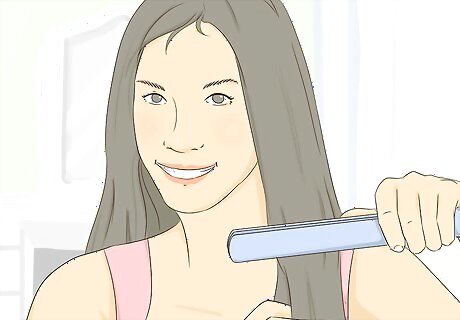
Repeat with the other sections. Repeat this process with every other section to complete the look. Remove the section from the hair tie or hair clips. Run the flat iron from root to tip, running a brush through your hair just below the flat iron.

Set your look with hairspray (optional). If you want, you can spritz on a light layer of hairspray to set the look. You can also tease your hair with your fingers or a brush first to get it fall the way you want.
Avoiding Common Mistakes

Don't go for perfectly straight hair if your hair won't allow it. Natural hair can sometimes struggle to get completely straight, and running the flat iron over your hair too much can cause damage. If you struggle to get your hair straight without damaging it, go for a semi-straight, wavy look instead.

Invest in a flat iron with custom settings. If you have natural hair, you should not use a flat iron with only one or two settings. Get a flat iron that allows you to customize the heat settings. Do not use a setting above 350 °F (177 °C).

Opt for a ceramic flat iron. Check the material when buying your flat iron. Natural hair does best with a flat iron that's 100% ceramic. Ceramic materials are less likely to damage natural hair.










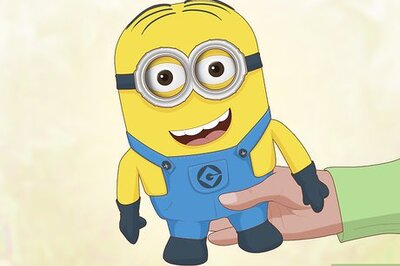
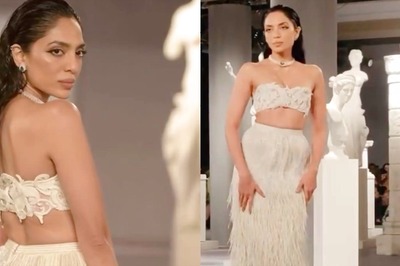

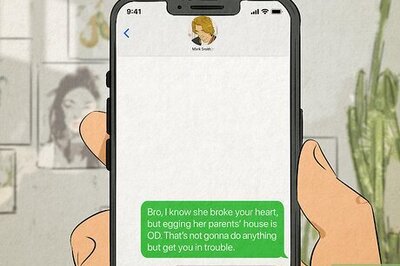

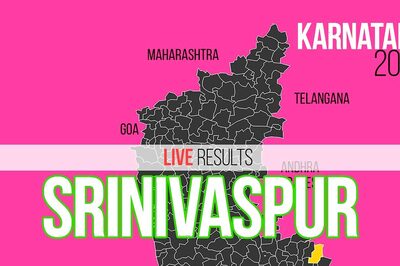

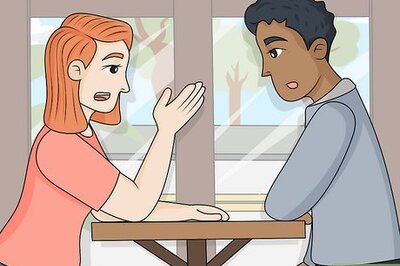


Comments
0 comment